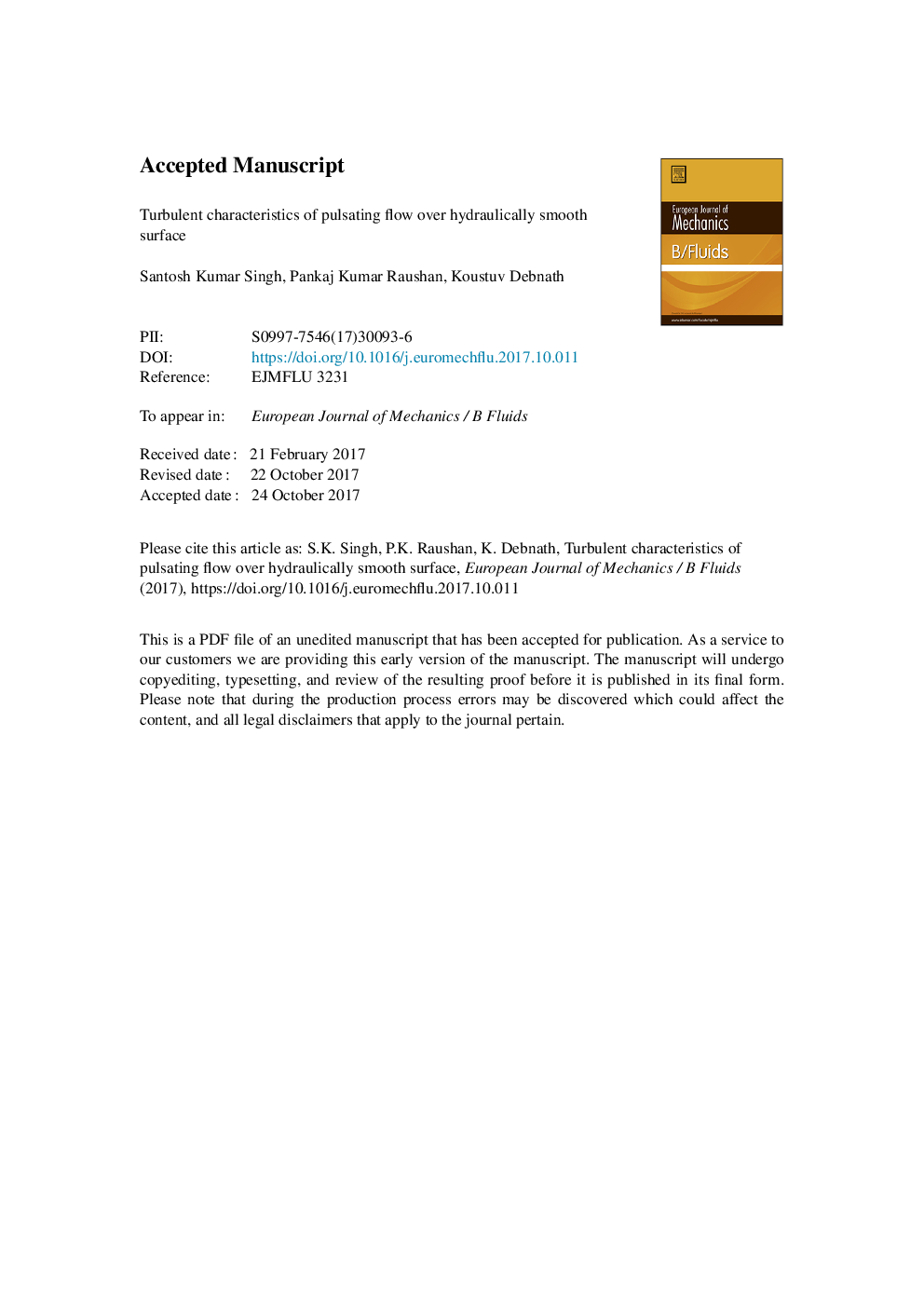| Article ID | Journal | Published Year | Pages | File Type |
|---|---|---|---|---|
| 7051037 | European Journal of Mechanics - B/Fluids | 2018 | 29 Pages |
Abstract
The mean flow and turbulence characteristics due to the interaction between wave and current is investigated over the hydraulically smooth surface in a wave channel based on measurement of the horizontal, bottom-normal and transverse velocity components in the pulsating fluid using a 3-D micro-acoustic Doppler velocimeter. Pulsations, in the vicinity of the wall are produced by superimposing the surface wave on unidirectional current using plunger type wave-maker. The velocity time series of combined wave-current flow were analysed within the framework of the phase-averaging. Further, to highlight the changes in combined wave-current flow, a comparative study was made between the velocity profiles for current-only flow and those measured for combined wave-current flow. The measured mean stream-wise velocity for waves following a current is reduced towards the free surface when compared with the current-only data. In addition, with an increase in wave height, a further intense reduction of the velocity just below the wave trough occurs. To fully characterize turbulent signals, the joint probability density function of stream-wise and bottom-normal velocity fluctuations is analysed. Spectral analysis was also performed to obtain the oscillation pattern within the flow field that may affect the turbulent properties due to combined wave-current flow.
Keywords
Related Topics
Physical Sciences and Engineering
Chemical Engineering
Fluid Flow and Transfer Processes
Authors
Santosh Kumar Singh, Pankaj Kumar Raushan, Koustuv Debnath,
